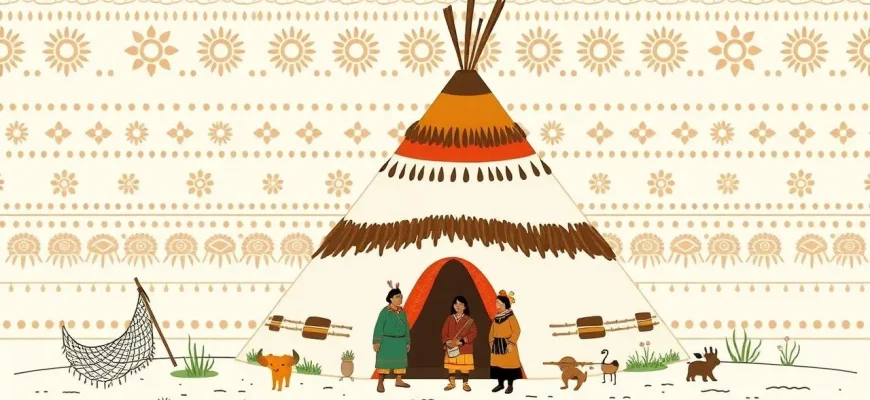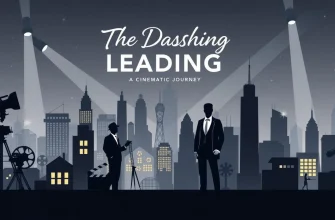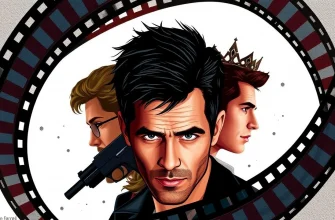This curated selection of films delves into the lives, cultures, and challenges faced by Indigenous peoples around the world. From Australia to North America, these movies offer a window into the resilience, traditions, and contemporary issues of aboriginal communities, providing both entertainment and education on the often overlooked aspects of their existence.
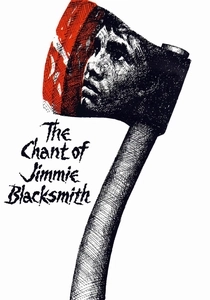
The Chant of Jimmie Blacksmith (1978)
Description: Based on the novel by Thomas Keneally, this film explores the life of an Aboriginal man in early 20th-century Australia, his struggle with identity, and the tragic consequences of his actions.
Fact: The film was one of the first to address the systemic racism and injustices faced by Indigenous Australians.
 Watch Now
Watch Now 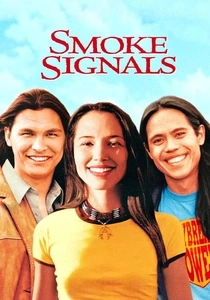
Smoke Signals (1998)
Description: A road movie that follows two young Native American men from the Coeur d'Alene Reservation in Idaho, dealing with themes of identity, friendship, and cultural heritage.
Fact: This was the first feature film to be written, directed, co-produced, and acted by Native Americans.
 Watch Now
Watch Now The Tracker (2002)
Description: Set in early 20th-century Australia, this film follows an Aboriginal tracker who leads a group of white men on a mission, exploring themes of racism and justice.
Fact: The film uses paintings by Peter Coad to depict the narrative, giving it a unique visual style.
 Watch Now
Watch Now 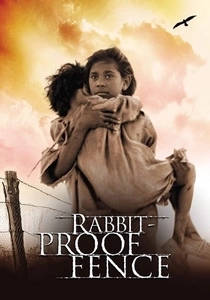
Rabbit-Proof Fence (2002)
Description: This film tells the true story of three Aboriginal girls who escape from a government camp to return to their families, highlighting the impact of the Stolen Generations policy in Australia.
Fact: The film was based on the book "Follow the Rabbit-Proof Fence" by Doris Pilkington Garimara, who is the granddaughter of one of the girls.
 Watch Now
Watch Now 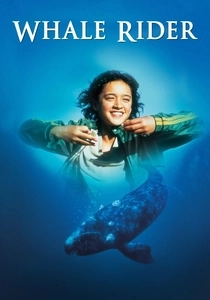
Whale Rider (2002)
Description: A young Maori girl fights to fulfill her destiny as a leader in her tribe, challenging traditional gender roles.
Fact: The film was shot in Whangara, the actual village where the story is set, providing an authentic backdrop.
 Watch Now
Watch Now 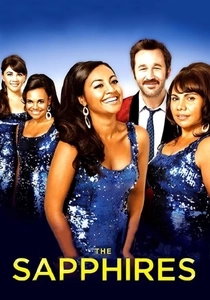
The Sapphires (2012)
Description: Based on a true story, this film follows four Aboriginal women who form a soul group and tour Vietnam during the war, showcasing their talent and cultural pride.
Fact: The film was adapted from the stage play of the same name, which was inspired by the real-life experiences of the group.
 Watch Now
Watch Now 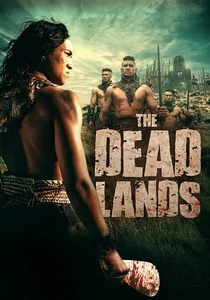
The Dead Lands (2014)
Description: A Maori warrior seeks revenge in a mythical New Zealand, blending traditional storytelling with action-packed sequences.
Fact: The film was shot in New Zealand and features a cast of Maori actors, bringing authenticity to the portrayal of Maori culture.
 Watch Now
Watch Now 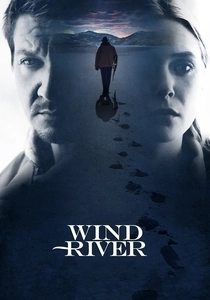
Wind River (2017)
Description: Although not exclusively about Indigenous people, this thriller set on a Native American reservation in Wyoming addresses issues of justice and the plight of Native women.
Fact: The film was inspired by true events and highlights the high rates of violence against Native American women.
 Watch Now
Watch Now 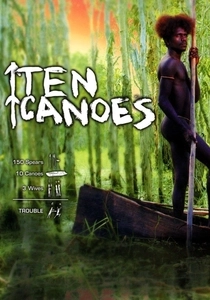
Ten Canoes (2006)
Description: This film, set in Arnhem Land, uses a narrative within a narrative to explore traditional Aboriginal life, love, and law, with a mix of humor and drama.
Fact: It was the first feature film to be shot entirely in an Aboriginal language, Yolngu Matha.
 30 Days Free
30 Days Free 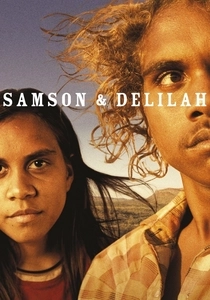
Samson and Delilah (2009)
Description: This Australian drama follows two Indigenous teenagers as they navigate love, poverty, and substance abuse in Alice Springs.
Fact: The film was shot in the Western Desert of Australia, using many non-professional actors from the local community.
 30 Days Free
30 Days Free 
